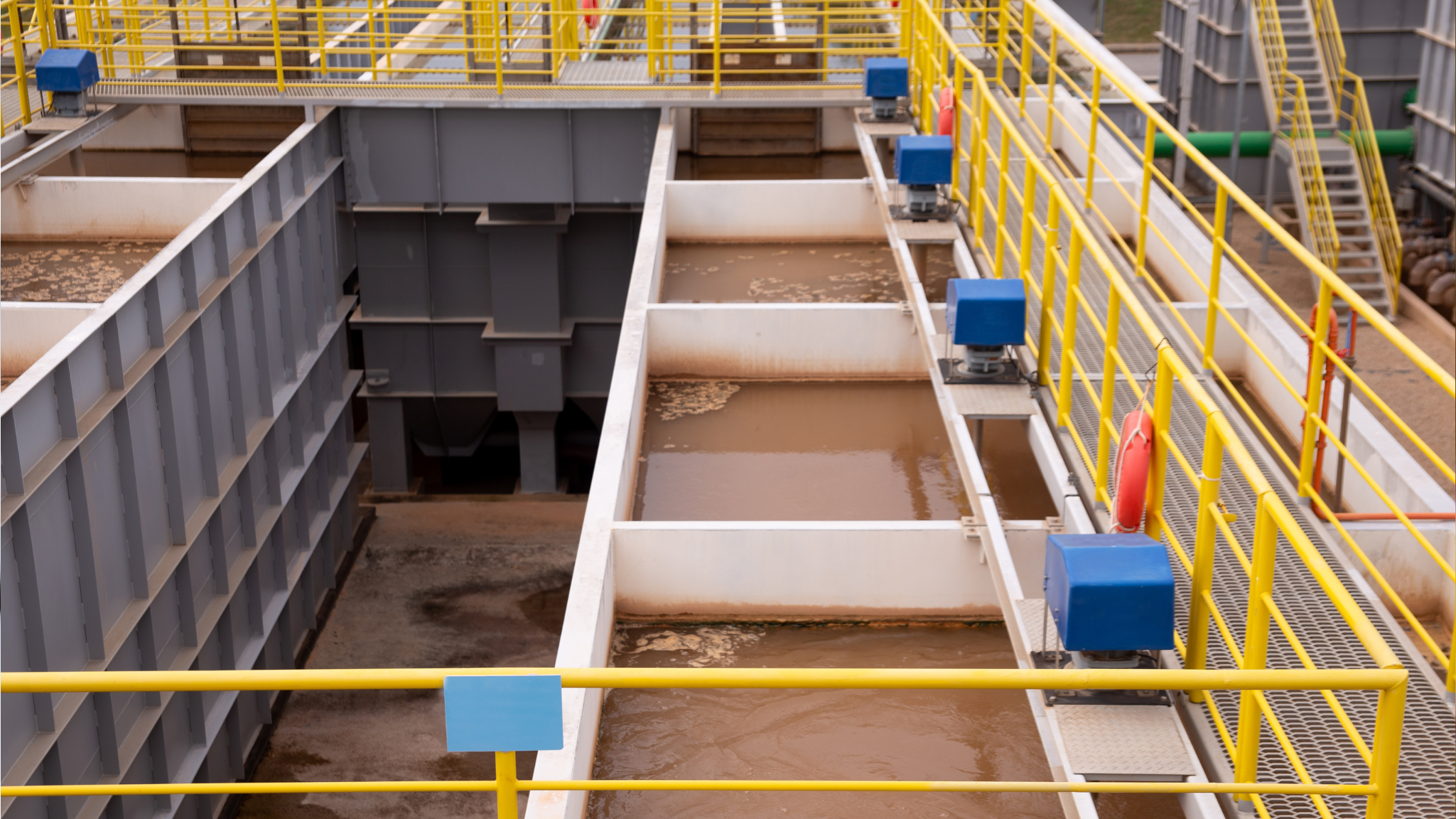Chemical Fertilizers are greatly essential in today’s agriculture as a method of recycling the nutrient value in the soil and facilitating proper growth of the plant. The soil loses very rapidly without the application of fertilizers, resulting in poor yields. Fertilizers can be in different types and forms, such as nitrogen fertilizers, phosphorus fertilizers, and blended balanced fertilizers like NPK.
This is a whole guide to all the fertilizers, their benefits, and how to select the best for your farming needs.
Table of Contents:
- 1. Introduction
- 2. What Are Chemical Fertilizers?
- 3. Inorganic (Synthetic) Fertilizers
- 3.1 Nitrogen-Based Fertilizers
- 3.2 Phosphorus Fertilizers
- 3.3 Potassium Fertilizers
- 3.4 Compound Fertilizers (NPK)
- 3.5 Specialty and Slow-Release Fertilizers
- 4. Organic Fertilizers
- 5. How to Choose the Right Fertilizer
- 6. Conclusion
What Are Chemical Fertilizers?
Chemical fertilizers, or synthetic or inorganic fertilizers, are manufactured and made available for the plants to utilize for growth. These are macronutrients like nitrogen (N), phosphorus (P), and potassium (K), and NPK, secondary nutrients, and micronutrients. Chemical fertilizers are easy to use and offer immediate availability of nutrients as opposed to organic fertilizers.
Various types of fertilizers are distinguished on the basis of nutrient content, application method, and pattern of release.

Synthetic (Inorganic) Fertilizers
-Nitrogenous Fertilizers
Nitrogen is of high importance in chlorophyll development and vegetative expansion, especially in early crop growth. They are commonly:
• Urea (CO(NH₂)₂): One of the most dense forms of nitrogen fertilizers with a content of about 46% nitrogen. It’s extremely common as it is moderately priced and convenient.
• Ammonium Nitrate (NH₄NO₃): Has rapid availability of nitrogen and performs optimally during intervals of active growth.
• Calcium Ammonium Nitrate (CAN): Mixture of ammonium nitrate and calcium carbonate, supplies nitrogen and increases bulk in the soil.
• Urea Ammonium Nitrate (UAN): Liquid solution form of fertilizer, mixture of urea and ammonium nitrate, typically used in foliar sprays or fertigation.
Danger: Excessive use leads to “fertilizer burn,” pollutes water and soil, and damages the soil. Use only at recommended rates and on growing plants.
-Phosphorus Fertilizers
Phosphorus causes the transfer of energy, root development, flowering, and seed formation. Phosphorus performs optimally if used early in the plant cycle. Principal phosphorus fertilizers are:
• Single Superphosphate (SSP): 16-20% phosphorus and traces of sulfur.
• Triple Superphosphate (TSP): Solution with 44-48% phosphorus content.
• Monoammonium Phosphate (MAP) and Diammonium Phosphate (DAP): Supply phosphorus and nitrogen.
• Ammonium Polyphosphate (APP): Seeding-row liquid application.
Since phosphorus is slow-acting in the soil, early placement and deep placement are extremely important to achieve maximum effectiveness.
-Potassium Fertilizers
Potassium contributes to water management by the plant, disease resistance in the soil, and flower and fruit quality. Some of the very common available potassium-containing fertilizers are:
• Potassium Chloride (KCl): General K-fertilizer due to high nutrient availability at low cost.
• Potassium Sulfate (K₂SO₄): Employed on chloride-sensitive plants like tobacco and strawberries.
• Potassium Nitrate (KNO3): Gives potassium and nitrogen, usually used during fruiting stages.
-Compound Fertilizers (NPK)
Compound fertilizers have all three nutrients, i.e., nitrogen, phosphorus, and potassium, in one form of fertilizer. They are labeled with NPK ratios like:
• NPK 10-10-10: Balanced fertilizer for general use.
• NPK 20-20-20: High-performance type for nutri-require crops.
• NPK 15-15-15: Better for use in soils that have poor retention ability of the nutrients (e.g., clay or sandy soil).
Compound fertilizers are prepared specifically to meet single crop and soil needs, with optimal nutrient availability.
-Specialty and Slow-Release Fertilizers
Specialty fertilizers are directed to a single crop or stage of growth. They are:
• Micronutrient-Fortified Fertilizers: Supply trace nutrients like zinc (Zn), boron (B), iron (Fe), and manganese (Mn), perhaps in combination with NPK products or foliar sprays.
• Slow-Release Fertilizers: Polymer-coated or sulfur-coated to slow release of nutrients. These reduce leaching, maximize the efficiency, and are ideal for long-season crops or dry farming.

Organic Fertilizers
Organic fertilizers are derived from plant, animal, or mineral sources. They release slowly, improve soil structure, and provide nutrients to beneficial microbes. Principal types are:
• Plant-Based: Compost, alfalfa meal, kelp, and green manure.
• Animal-Based: Manure, bone meal, blood meal, and fish emulsion.
• Mineral-Based: Rock phosphate, lime (calcium carbonate), and gypsum (calcium sulfate).
Organic fertilizers are environmentally friendly and build soil, but are slower to act and may need repeated application in high-yielding crops.
How to Choose the Right Fertilizer
Choosing the right fertilizer is a matter of acquainting yourself with your soil and crop needs. The method to do this is as follows:
1. Soil Testing: Find out nutrient deficiencies, pH, and organic matter.
2.Crop Requirement: Different crops and growth stages require different amounts of NPK. Leafy greens adore nitrogen fertilizer, while fruiting plants enjoy additional phosphorus and potassium.
3.Select Fertilizer Type Depending on Conditions: If quick result is desired, apply nitrogen-type or compound fertilizer that will yield long-term reward if used as organic or slow-release fertilizer.
4.Be Earth-Friendly: Don’t over-fertilize. Excess nutrients will leach into water bodies or release greenhouse gases. Use precision farming tools properly.
Conclusion
Understanding the wide array of fertilizers, as nitrogenous fertilizers like urea and ammonium nitrate, phosphatic fertilizers like TSP and MAP, and complete compound fertilizers like NPK, equips farmers to make more informed decisions for crop success.
By considering nutrient value, soil condition, crop requirement, and environmental expense, farmers can optimize yield, soil condition, and sustainability. Whether with synthetic or organic fertilizers, balance, timing, and the correct amount are the secrets.




